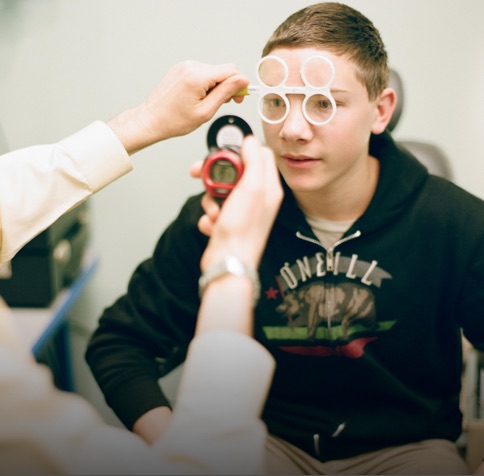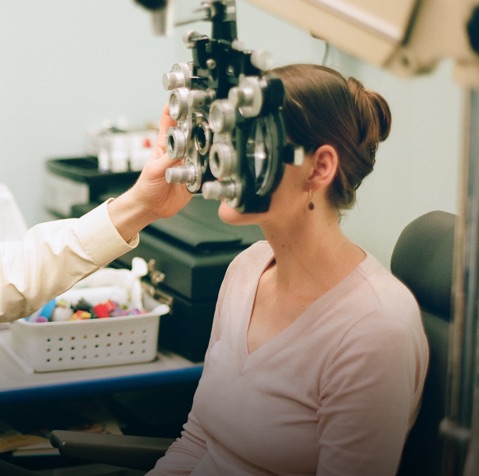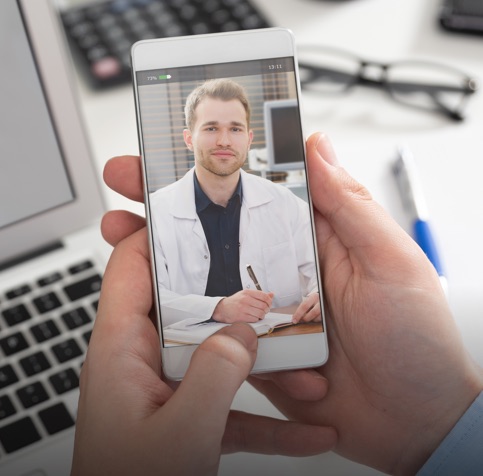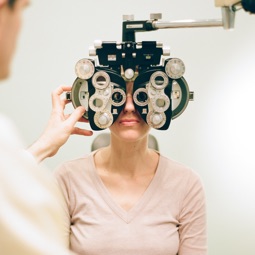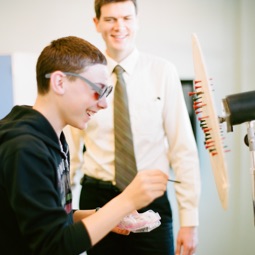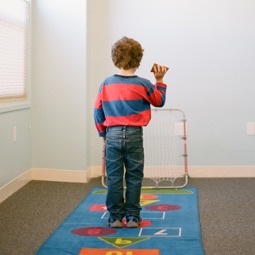We Don’t Accept Insurance or Medicare — Here’s Why
We take great pride in how efficient and effective we are in helping our patients, including our willingness to take the time needed to properly diagnose and treat your visual conditions. Unfortunately, insurance companies set parameters that do not always have your best interests in mind and often do not provide coverage for vision therapy services. For these reasons, we do not contract directly with insurance carriers and we have opted out of Medicare.
What Can We Do For You?
We will help as best we can to facilitate your submission for any “out-of-network” reimbursement for which you might be eligible. After your (or your child’s) first eye examination, we can produce a “superbill” that includes the amount you paid to us and the relevant ICD10 diagnostic codes to help your insurer determine your eligibility for reimbursement.
The superbill will also include the relevant examination, procedure, and/or material codes for which you were charged. You can use this information to work with a representative from your insurance carrier to determine whether they will reimburse you for future vision therapy services (if necessary).
If vision therapy is done, we can provide you with another superbill at the end of each visit that outlines the charges, procedure codes, and diagnostic codes that should be submitted to your insurance carrier for reimbursement.
What You Need To Know
It’s helpful to know that insurance carriers can be divided into two main categories: Vision Plans (VSP and EyeMed) and Medical Carriers (Kaiser, Blue Shield, Aetna, United, etc.) The initial eye examination could potentially be submitted to either your Vision Plan (if you have one) or your Medical Carrier. If vision therapy is recommended, those visits would nearly always be submitted to your Medical Carrier.
In rare cases, VSP offers vision insurance plans that include vision therapy. We’ve also seen that patients with an HSA card or a flex spending account are often reimbursed by their insurers. Even if insurers won’t provide reimbursement, costs can go towards your deductible.
Vision Therapy Success Stories
Ariel was a kindergartner who started to exhibit amblyopia symptoms that affected her quality of life at school and at home. After 3 months of vision therapy for her symptoms, our team improved her vision to normal levels: 20/20 in the left eye and 20/25 in the right eye, alongside improved visual tracking and near focusing.
Ariel Age 6
Olivia was a 3rd grader who started to experience blurry vision and words that moved on the page when reading and writing. After an examination, our team determined that her eyes had poor focusing skills, weak convergence ability, and borderline sufficient clarity of vision.
Through vision exercises and prescription eyewear, she was able to achieve 20/20 vision in both eyes!
Olivia Age 9
Jack was a 3rd grader who started to experience vision problems whenever he was reading or writing. After evaluating his eyes and vision, our team discovered he had poor control of his eye movements necessary for reading. After 10 weeks in home-based vision training, he achieved the reading efficiency of an 8th grader, reading nearly 200 words per minute!
Jack Age 8
Where to find us
San Rafael
You can find our practice in the Wellness Center on the upper level of the Montecito Plaza Shopping Center. Parking is plentiful and there are many great shopping and eating options for before or after your visit, including Trader Joes and Whole Foods across the street.
Contact Information
- Phone: 415-459-2020
- Email: office@risingstarvision.com
Address
361 Third Street, Suite C, Montecito Plaza Wellness CenterSan Rafael, CA 94901
Our Hours
San Francisco
Our new Ingleside office is adjacent to the 19th avenue corridor and Stonestown mall. All day street and metered parking is available in front of the office. Plenty of 1, 2, and 4 hour free parking in the streets right around the practice.
Contact Information
- Phone: 415-459-2020
- Email: office@risingstarvision.com
Address
2369 Ocean Avenue, Suite 3San Francisco, CA 94127
Our Hours
Our new Ingleside office is adjacent to the 19th avenue corridor and Stonestown mall. All day street and metered parking is available in front of the office. Plenty of 1, 2, and 4 hour free parking in the streets right around the practice.
Contact Information
- Phone: 415-459-2020
- Email: office@risingstarvision.com
Address
2369 Ocean Avenue, Suite 3San Francisco, CA 94127
Our Hours
You can find our practice in the Wellness Center on the upper level of the Montecito Plaza Shopping Center. Parking is plentiful and there are many great shopping and eating options for before or after your visit, including Trader Joes and Whole Foods across the street.
Contact Information
- Phone: 415-459-2020
- Email: office@risingstarvision.com
Address
361 Third Street, Suite C, Montecito Plaza Wellness CenterSan Rafael, CA 94901


